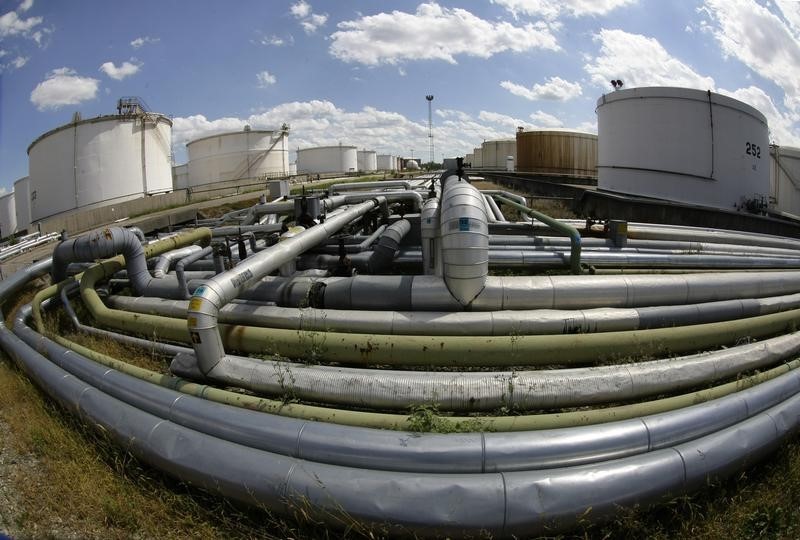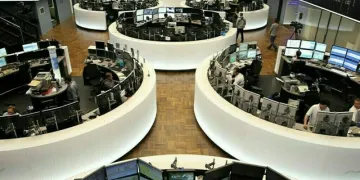
© Reuters.
By Gina Lee
Investing.com – Oil was up Thursday morning in Asia, with the U.S. signaling that consumer petroleum demand surged to a record high despite the threat posed by the omicron COVID-19 for fuel demand. The U.S. Federal Reserve is also acting to tackle inflation before it impacts the economic recovery, which also gave the black liquid a boost.
Brent oil futures rose 0.92% to $74.56 by 11 PM ET (4 AM GMT) and WTI futures jumped 1.11% to $71.66.
Wednesday’s U.S. crude supply data from the U.S. Energy Information Administration (EIA) showed a draw of 4.584 million barrels in the week to Dec. 10. Forecasts prepared by Investing.com had predicted a 2.082-million-barrel draw, while a 240,000-barrel draw was recorded during the previous week.
Crude supply data from the American Petroleum Institute released the day before showed a draw of 815,000 barrels.
“Despite the current COVID-19 surge, the weekly EIA oil inventory report showed demand for petroleum products hit a record high, crude exports bounced back and national crude stocks posted a larger-than-expected draw,” OANDA senior analyst Edward Moya told Reuters.
“This current omicron wave may lead to limited restrictive measures across the U.S., but lockdowns that happened during the peak of the pandemic will not be revisited.”
Gains in gasoline, diesel, and other refined products saw product supplied by refineries, a gauge for demand, surge in the most recent week to 23.2 million barrels per day (bpd). The upcoming holiday season could also see more people traveling and loosen supply-chain bottlenecks that will have more trucks on the road delivering goods, according to analysts.
However, worries about omicron remain, with the U.K., South Africa, and South Korea reporting record numbers of daily COVID-19 cases. South Korea is one of the latest countries to tighten restrictive measures, and many firms globally are asking employees to work from home, which could impact fuel demand.
Meanwhile, the Fed said it would quicken its asset tapering and hike interest rates as it handed down its policy decision on Wednesday. While keeping its interest rate steady at 25%, the Fed projected three quarter-point interest rate hikes in 2022, three in 2023, and two in 2024.
Source: Investing.com




























